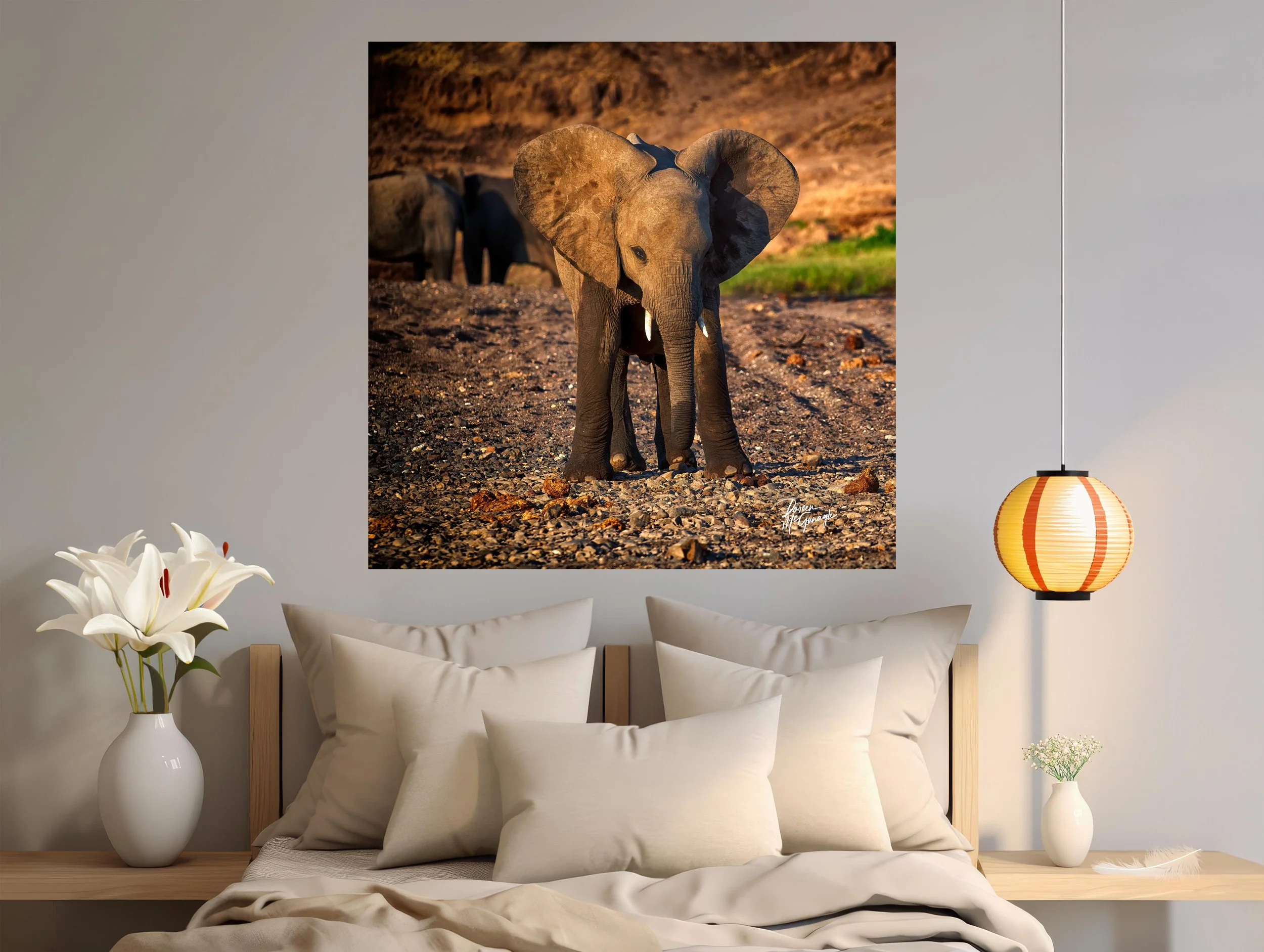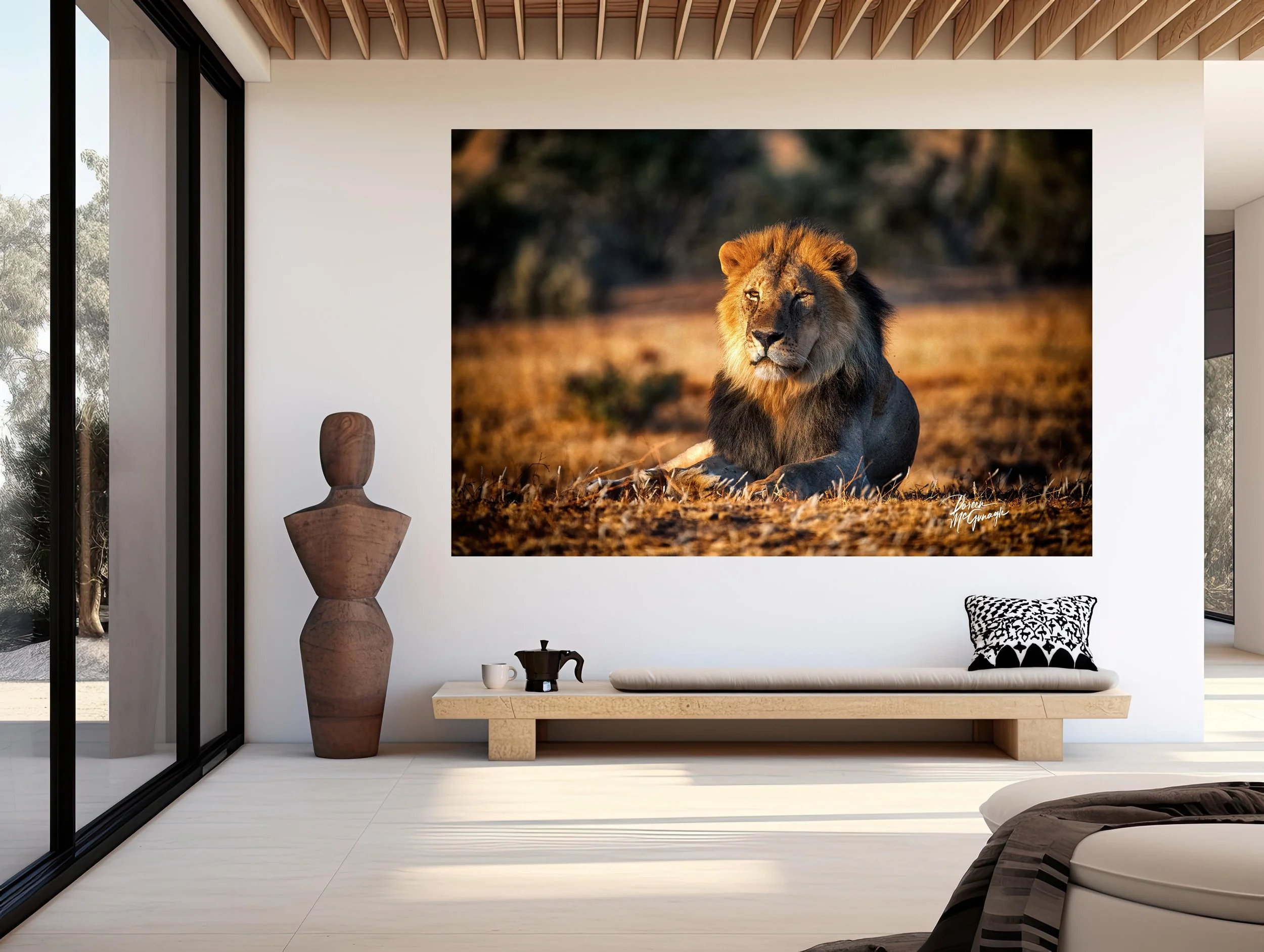Capturing the Beauty of Endangered Species
In the realm of photography, a unique breed of artists exists. They are conservation photographers.
Their mission is more than just capturing stunning images. They aim to inspire change and foster a love for nature.
Through their lenses, they document the beauty of endangered species. They bring to light the urgent need for wildlife conservation and nature preservation.
Their work is a powerful tool in conservation efforts. It sparks dialogue and influences policy changes for wildlife protection.
This article delves into the world of conservation photography. It explores the role, challenges, and impact of photographers.
Join us as we journey through the captivating and crucial work of conservation photographers. Their images do more than just please the eye, they stir the heart and move the conscience.
Tranquil Tusker
Step into the tranquil world of "Tranquil Tusker," a breathtaking piece that captures the essence of nature's beauty. Immerse yourself in the serenity of a young elephant standing proudly, bathed in the warm glow of the sun.
The Role of a Conservation Photographer
Conservation photographers are visual storytellers. They use their skills to highlight the beauty and fragility of our natural world.
Their work goes beyond the realm of traditional nature photography. It's not just about capturing beautiful landscapes or wildlife in action.
Conservation photographers aim to document biodiversity loss. They capture the impact of human activities on wildlife and their habitats.
Their images serve as a call to action. They inspire people to support conservation efforts and promote sustainable practices.
In essence, conservation photographers are advocates for the environment. They use their art to educate, inspire, and drive change for a better, greener world.
The Intersection of Art and Advocacy
Conservation photography is a unique blend of art and advocacy. It's not just about creating visually stunning images. It's about telling compelling stories that inspire action.
These photographers use their artistic skills to highlight environmental issues. They capture the beauty of endangered species and the threats they face.
But it's not just about documenting the problems. Conservation photographers also showcase solutions. They highlight the efforts being made to protect wildlife and preserve nature.
In essence, conservation photography is a powerful tool for change. It uses the power of imagery to raise awareness, inspire action, and drive policy change.
Conservation Photographers and Their Impact
Ansel Adams, a pioneer in the field, used his stunning black-and-white images to advocate for nature preservation. His work played a key role in the establishment of several national parks in the United States.
Many photographers use their talent to make a significant impact. They have raised awareness, influenced policies, and inspired countless individuals to take action for wildlife conservation.
King of the Savannah
Step into the wild with this stunning photograph capturing the essence of the majestic King of the Savanna. The golden hues of the savanna at sunset create a warm and inviting backdrop for the regal lion, who captivates the viewer with its direct gaze and powerful presence.
Ethical Considerations in Wildlife Photography
Conservation photographers have a responsibility to respect the wildlife they capture. This means maintaining a safe distance and not disturbing their natural behavior for the sake of a shot.
They also need to be mindful of the habitats they work in. This involves sticking to trails, not leaving any waste behind, and not causing any damage to the environment.
Lastly, honesty is crucial in conservation photography. Images should accurately represent the subject and situation. Manipulating photos or staging scenes can mislead the public and harm conservation efforts.
The Challenges of Conservation Photography
Conservation photography is not without its challenges. Photographers often work in harsh and remote environments, facing unpredictable weather and potentially dangerous wildlife.
They also grapple with the emotional toll of documenting the devastating effects of habitat loss, climate change, and species extinction. It's a stark reminder of the urgent need for conservation efforts.
Despite these challenges, conservation photographers remain committed to their work. They understand the power of their images to raise awareness, inspire action, and contribute to the preservation of our planet's biodiversity.
Techniques and Technologies in Capturing Wildlife
Conservation photographers employ a range of techniques to capture the beauty of endangered species. They must be patient and observant, often waiting hours for the perfect shot.
They also utilize the latest technologies to aid their work. Drones, camera traps, and underwater cameras allow them to document wildlife in ways previously unimaginable.
These tools help photographers capture stunning images that reveal the beauty and fragility of our natural world. They bring us face-to-face with species we may never see in person, reminding us of the importance of their protection.
Green Photography: Reducing Environmental Impact
Green photography is an approach that minimizes environmental impact. Conservation photographers are mindful of their carbon footprint, often choosing to travel light and use sustainable equipment.
They also respect the habitats they work in. They avoid disturbing wildlife or damaging ecosystems, understanding that their role is to document, not disrupt.
Through their work, they promote sustainable practices. Their images inspire us to appreciate the natural world and to consider our own impact on it.
As a Conservation Photographer
A conservation photographer requires more than just a passion for nature and a knack for taking great photos. It's about combining artistry with advocacy, and using your skills to make a difference.
Here are a few areas that are important to me as a conservation photographer:
Learn about wildlife and ecosystems: Understanding your subjects is crucial.
Practice ethical photography: Respect wildlife and their habitats.
Network with conservation organizations: They can provide valuable insights and opportunities.
Keep learning: Photography techniques and conservation issues are constantly evolving.
Remember, every image you capture can contribute to the conservation efforts. Your lens can be a powerful tool for change.


